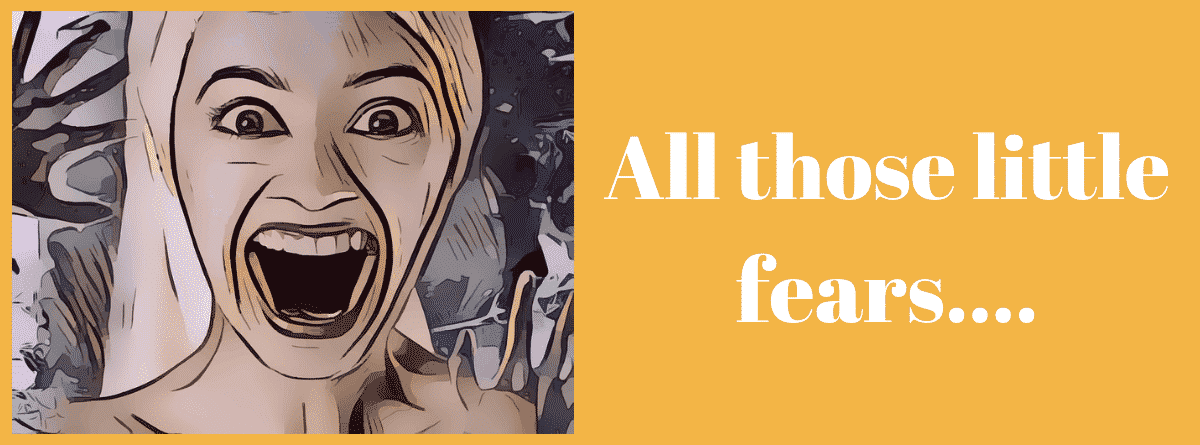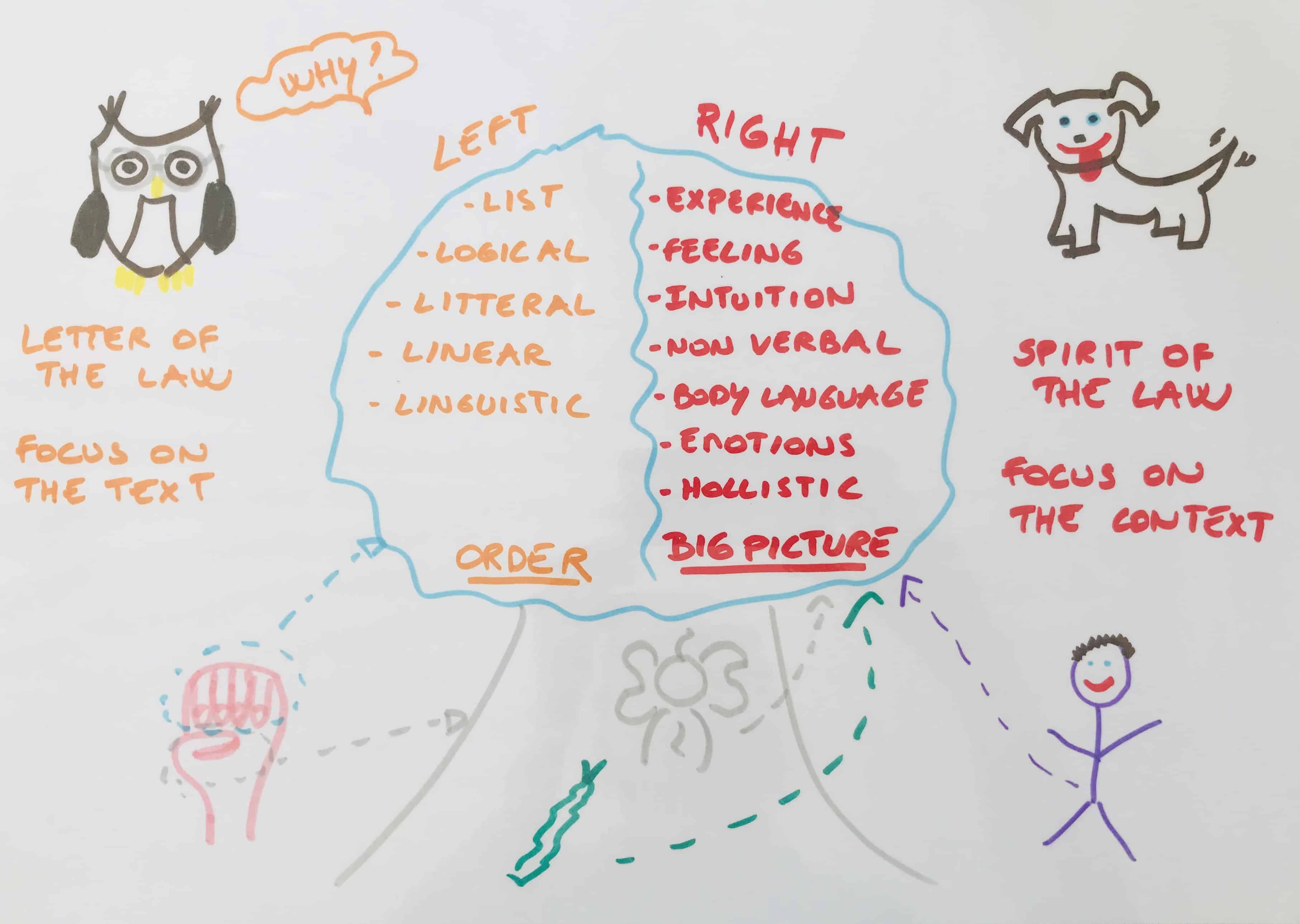
This is not an easy topic, nor a funny one…
But it is definitely a very interesting topic and an important one as fears affect many of us. So let’s talk about it!
When I say fear, I do not mean the emotion you feel when you are scared of something: a spider, a loud noise or watching your kid cross the street without paying attention! This emotion creates a physical reaction (sweat, palpitations, etc.) and you likely let out that emotion by screaming or crying for example.
What I rather want to talk about here is the feeling of fear that we are nurturing in our brain (anxiety, worry, panic). We may rationally know that 90% of those fears are unfounded and yet sometimes those parasite feelings are taking too much space in our mind and in our lives.
Yes, let’s face it, we all have little fears. I am sure you can easily pick some in this short list: fear of ridicule, fear of loneliness, fear of saying no, fear of making mistakes, fear of commitment, fear of success, etc.
And this is actually absolutely normal.
Indeed, as long as we are growing and evolving, we are continuously invited to go out of our comfort zone and this leads to inevitable apprehensions. The issue is when our fears are preventing us to move forward or to do what we really want to do.
So let’s consider fear as a companion for life and see how we can best deal with it.
In this article, I would like to share my understanding of fears and how they build in our brains and to suggest some ideas to overcome them.
Starting from the fact that our little fears are our self-thoughts, I became interested in understanding how the brain creates those.
There are two concepts I found very interesting and I will share it with you: the structure of the brain and the brain connections.
The structure of the brain
To sketch it in a simple way, our brain is constructed as follows:
- Reptile brain: survival decisions such as freeze, fight or fly response
- Mammal brain: connections and relationships
- Brain cortex: The left “logical” brain and the right “emotional” brain
I’m sharing a beautiful drawing I’ve made to make it more understandable for my kids… (and myself!).
When we are thinking about our little fears, we are mostly activating the right brain cortex.
In some circumstances (anger or fear), we can also experiment the so called “amygdala hijack”; the amygdala, a small part of our brain, is taking control and makes us act before we think. Our emotions are taking the full control and our cortex is no longer responsive.
To be able to deal with our fears, we need to be able to integrate the different parts of our brains and use both the left and the right parts.

The brain connections
The brain connections become faster and faster the more you use them. If you are using again and again the same flow of thoughts, you brain will continue doing so as it is its fastest response.
Same goes for the fearful thoughts: if “I am afraid, I am afraid, I am afraid” is your motto, it will soon become the motto of your brain. This will not help you to distance yourself from your fear but will rather intensify the feeling.
The good news is that the brain is malleable and you can make new connections! So if you feed your brain with new thoughts, the brain will adapt and make new connections.
Of course, this won’t happen in one day. It takes courage and resilience to change a habit but the most important thing is that you can change the flow of your thoughts!
From theory to practice
So, now that we understand our brain better, let’s use this knowledge and apply it!
Concretely, what can you do?
1. Feed your brain with positive thoughts!
Start repeating to yourself positive affirmations. This is a way to create new neuronal connections for positive thoughts and get away of your toxic thoughts.
2. If your right brain is taking the lead
(for instance, you are experimenting a vicious circle of your negative thoughts), try the following things to solicit your left brain and come back to a good balance between both sides of your brain.
2.1 Get factual about your fears: Rational emotional thinking (RET):
- Do I have control over my fears? No. Then, what is the point of worrying about them? What will it bring me except for loss of energy and time?
- Why am I afraid? Did it ever happen to me? How many times? Compared to the positive output, what is the ratio? So why focus on the negative output and not the positive?
- What is the worst that could happen?
2.2 Get yourself into action:
Concentrate on your breathing, go for a walk, for a jog, keep yourself busy to sooth your right brain and reconnect to your left brain.
3. Take action to triumph over fear
3.1 When your logical brain (left brain) is back on track, take the time to understand the triggers of your fears and write down all the reasons/facts that this fear is not reasonable. You can come back to your notes when fearful thoughts try to come back again.
3.2 Start challenging yourself. Start doing some things that scare you. Go slowly, step by step but get out of your comfort zone. Each victory will grow your confidence, boost your self-esteem and reduce your fear.
Nice to know that there are different things you can try, right?
So, which action are you going to take? 😉
